You are here
Sights of Kazakhstan Altai.
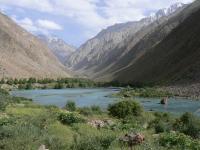

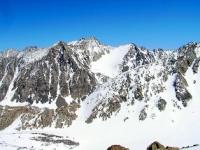
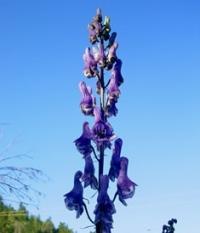

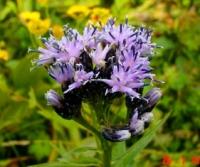
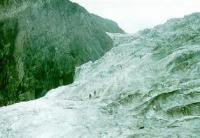
Natural Wonders of Kazakhstan Altai.
“To travel is to live”
Hans Christian Andersen.
Landmarks of Kazakhstan Altai.
Altai is the highest mountain region of Kazakhstan and Siberia. Most of its ridges have a height of more than 2,000 meters, and the mountain ranges of the central and eastern parts of the region rise above 3000 and even 4000 m and are covered with a powerful cover of "eternal" snow.
From here begin numerous glaciers, descending into deep valleys and feeding the turbulent mountain streams. The landscapes of Altai are majestic and very diverse. Exceptional beauty is distinguished by its rocky peaks inaccessible and turquoise lakes, dense mountain taiga and narrow gorges of rivers.
Altai has long been considered one of the richest regions of Kazakhstan. In the depths of its known many deposits of the most valuable minerals; foothill plains are covered with fertile black earth soils, which receive the highest wheat yields in Kazakhstan.
In the Altai forests there are many fur animals, and on the vast high elevated plateaus there are wonderful pastures. Altai is located in the eastern part of Kazakhstan, between 48 and 53 ° N. and 82 and 90 ° E. Within its limits there are watersheds between the sources of the Ob, the upper course of the Irtysh and the Kobdo River system leaving for the Mongolian People's Republic.
On the territory of Kazakhstan the Altai Mountains with their foothills occupy an area of about 200 thousand square meters. km Everywhere here mountain ranges are rising, separated from each other by river valleys or intermountain hollows.
Often, even from the highest peaks of Altai, it is sometimes difficult to notice any strict pattern in the direction of its ridges. However, a closer examination of the mountains can be seen that most of the highest ranges are located in South and Central Altai of Kazakhstan.
Towards the west, south and north of the Central Altai, a noticeable decrease in the height of the ridges is planned: they seem to diverge from each other and acquire the west, and in the northern part the north-western direction, already close to the meridional direction.
In the south of Altai, at the junction of the borders of China, the Mongolian People’s Republic and the USSR, a high, covered with eternal snows, the Tabyn-Bogdo-Ola massif, the highest point of which (Mount Katun) reaches a height of 4356 m.
The rocky, relatively narrow ridges of the Southern Altai Mountains serve as a western extension of the massif. Their main chain consists of three almost latitudinal directions of the ranges: Southern Altai proper, Sarymsakty, and the most western ridge, known as Narymsky.
In the eastern part of the Southern Altai, separating the rivers flowing to the south, to the Zaisan depression, and to the north, into the system of the Bukhtarma river, is a highly divided and high (up to 3200-3600 m) mountains with numerous rocky, hard-to-reach peaks.
Its ridge has a real alpine appearance, and in the upper river valleys there are glaciers that feed on the firm fields of the slopes. This area is of undoubted interest for the climber, but from this point of view it has not been investigated until now.
To the south-west of the main chain of the Southern Altai, its spurs - the border Kadin mountains, the Asya ridge and the Kurchumsky ridge. At an altitude of 1,449 m, the largest lake in Altai, Mapkakol, lies in the vast tectonic basin separating the Asya and Kurchumsky ranges.
To the north of the Southern Altai there is a wide intermountain depression, in which the highland plateau Ukok (2200 - 2600 m) lies to the east, and the longitudinal valley to the west. Bukhtarma from the north, this band is bounded by steep southern slopes of the ridge of the highest ranges of Central Altai, which has an almost latitudinal direction.
South Chuya squirrels are separated from the even higher range of Central Altai - Katunsky proteins, in which a number of peaks of more than 4,000 - 4,200 meters rise, including the highest peak of Altai and Siberia - Belukha Mountain, which has an altitude of 4506 meters. more than 70 square meters. km and is composed of ancient metamorphosed schists, granites and gneisses.
Belukha sharply stands out for its height and bold clear forms among all the other peaks of Altai. It rises in the middle part of the Katunsky ridge in the form of two snow-white pyramids, separated by a relatively shallow saddle (4050 m).
In the north, the massif is cut off by a very steep, rickety wall with a height of more than one kilometer, to the south, to the surface of the Katunsky glacier, it descends more hollow. Belukha is one of the most popular tops of Altai among alpinists.
The first attempt to conquer it from the side of the Katunsky glacier was made by the famous Altai researcher - VV Tomsk University professor. Sapozhnikov, who in 1898 successfully climbed onto the saddle of the Belukha.
In 1933, a group of climbers led by V.M. Abalakova made the first traverse of the Belukha from the north (from the Akkemsky glacier) to the south. In 1935, the first mass ascent of Belukha was accomplished by participants of the First West Siberian Alpiniad.
83 participants of the mountaineering climbed the Katunsky ice никуnik to the Belukha saddle, and 43 of them reached the eastern peak (Storm Belukha, 1936). The first ascent of the much more complex technically western peak was made in 1936 by a group of Moscow climbers.
In 1953, in commemoration of the 30th anniversary of Soviet mountaineering, the sports group of the All-Union Central Council of Trade Unions and Trade Unions under the guidance of Honored Master of Sports E.A. Kazakova climbed to both peaks of Belukha from the vertices of the Mensu glacier along the most difficult path that was previously considered inaccessible, ending the traverse with a difficult descent to Myushtuyry glacier.
The region of the Katunsky proteins is undoubtedly of the greatest interest for the mountaineer in Altai. To many, including hard-to-reach peaks of the ridge, the climber's foot had not yet stumbled; It should be considered highly desirable to organize in the near future a sports climbing camp in one of the gorges of the Katun proteins region.
The western extension of the Katunsky proteins is the relatively high (up to 2600 - 2800 m) Kholzun ridge, separated from them by the deep transverse valley of the Katun. Near its western end, the less high ridges of the so-called Rudny Altai begin - Ivanovsky, Ulbinsky, Ubinsky and Koksuysky Mountains.
The space located to the north and west of the ranges of the Central and Southern Altai is occupied by lower spurs of these massifs. They represent ridges washed away by rivers, usually western, north-western, and even meridional in the north.
The farther from the central parts of the Altai, the lower these ridges become and the more tranquil forms their relief takes. Very often, the ridge of these ridges has a significant width and is a flat surface of the ancient plateau, occupied by placers of stone or rocky tundra.
In even more western and northern parts of the Altai, the height of the mountain ranges does not exceed 1,500 - 1,700 m, and they are entirely occupied by dense mountain forests. The relief of these areas has the character of the so-called medium-height mountains, in which there are absolutely no sharp forms of peaks, so characteristic of the high ranges of the Kazakhstani Altai.
Only in narrow river valleys, cutting through these ridges, calm smooth forms are replaced by the hanging rocks of the most bizarre and diverse forms, and their deep, wild gorges become difficult to walk. It is in such areas that the famous Altai “booms” are found - picturesque rocky cliffs that rise above the river bed tens or even hundreds of meters.
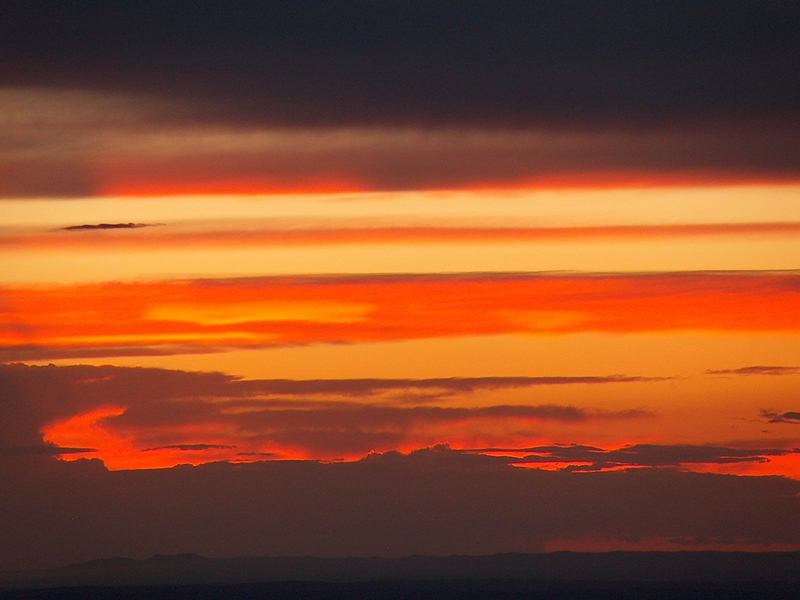
Enlightener:
N.I. Mikhailov. "Orography of the Altai mountain system" 1957.
Photos by
Alexander Petrov.







